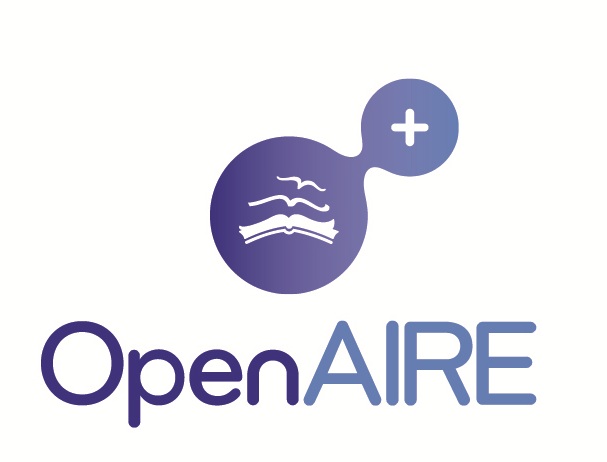Vehicular Networking Enhancement And Multi-Channel Routing Optimization, Based on Multi-Objective Metric and Minimum Spanning Tree
Peppino Fazio, Cesare Sottile, Amilcare Francesco Santamaria, Mauro Tropea
DOI: 10.15598/aeee.v11i5.903
Abstract
Vehicular Ad hoc NETworks (VANETs) represent a particular mobile technology that permits the communication among vehicles, offering security and comfort. Nowadays, distributed mobile wireless computing is becoming a very important communications paradigm, due to its flexibility to adapt to different mobile applications. VANETs are a practical example of data exchanging among real mobile nodes. To enable communications within an ad-hoc network, characterized by continuous node movements, routing protocols are needed to react to frequent changes in network topology. In this paper, the attention is focused mainly on the network layer of VANETs, proposing a novel approach to reduce the interference level during mobile transmission, based on the multi-channel nature of IEEE 802.11p (1609.4) standard. In this work a new routing protocol based on Distance Vector algorithm is presented to reduce the delay end to end and to increase packet delivery ratio (PDR) and throughput in VANETs. A new metric is also proposed, based on the maximization of the average Signal-to-Interference Ratio (SIR) level and the link duration probability between two VANET nodes. In order to relieve the effects of the co-channel interference perceived by mobile nodes, transmission channels are switched on a basis of a periodical SIR evaluation. A Network Simulator has been used for implementing and testing the proposed idea.






















